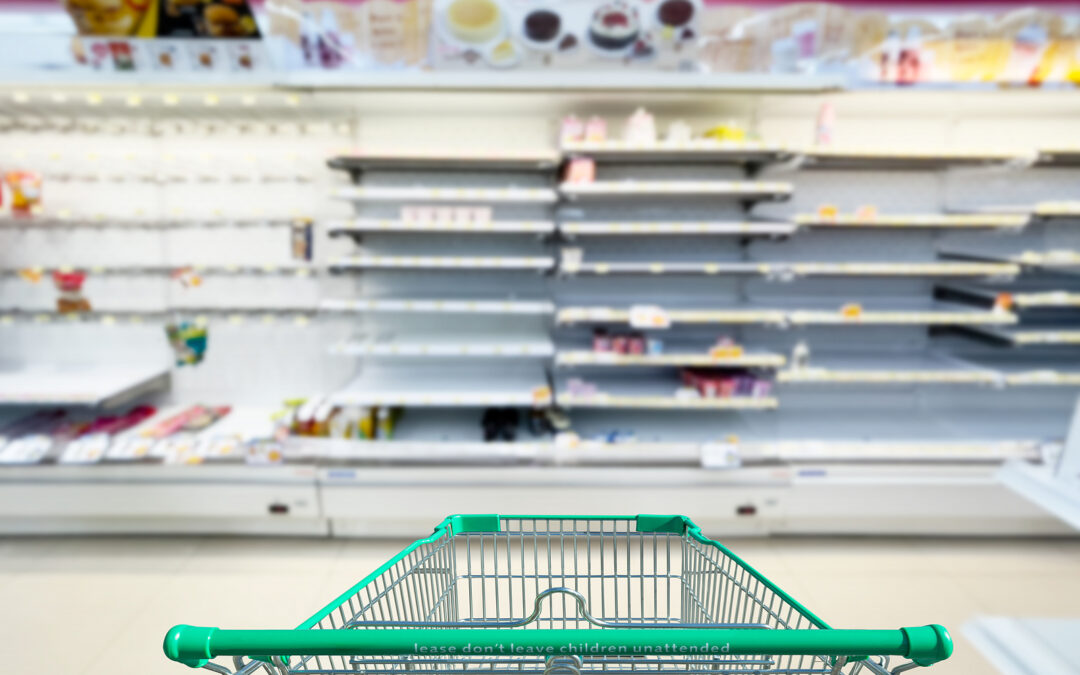What’s the psychology behind bread and milk panic shopping? It occurs at various times throughout the year in every city in our country. Floridians rush to buy bread and milk before a hurricane, and those living in the Northeast do the same before every big snowstorm. According to the National Institute of Health, panic shopping can be triggered by many things. A lack of trust in the economy, fear of the unknown, anxiety over a potential threat, and even mental health issues like depression can cause someone to rush to the store to purchase large quantities of a certain item.
There was no shortage of toilet paper at the beginning of the pandemic, but the perception was that toilet paper was in short supply. The fear of running out of this necessary household good drove people to stockpile toilet paper which then caused a shortage of toilet paper in the stores. It’s ironic, but panic shopping often results in the very thing people were worried about in the first place.
The herd mentality is alive and well in the U.S. and can be seen in hundreds and thousands of posts on social media platforms. Search using #breadandmilk on Instagram and you’ll discover photos and videos from people mentioning potential weather threats and mocking those who rush to the store to stock up on essentials even when forecasters aren’t sure whether the area will see 1 inch of snow or 12 inches.
Hoarders are individuals who have serious psychological issues that prevent them from being able to give or throw things away. Someone who stockpiles goods before a storm will have no problem throwing stale bread in the trash or pouring out milk that went bad before it could be used. Yet it is important to recognize whether you are simply going along with the crowd when you rush out to buy hand sanitizer, or if you have an issue that needs medical attention.
